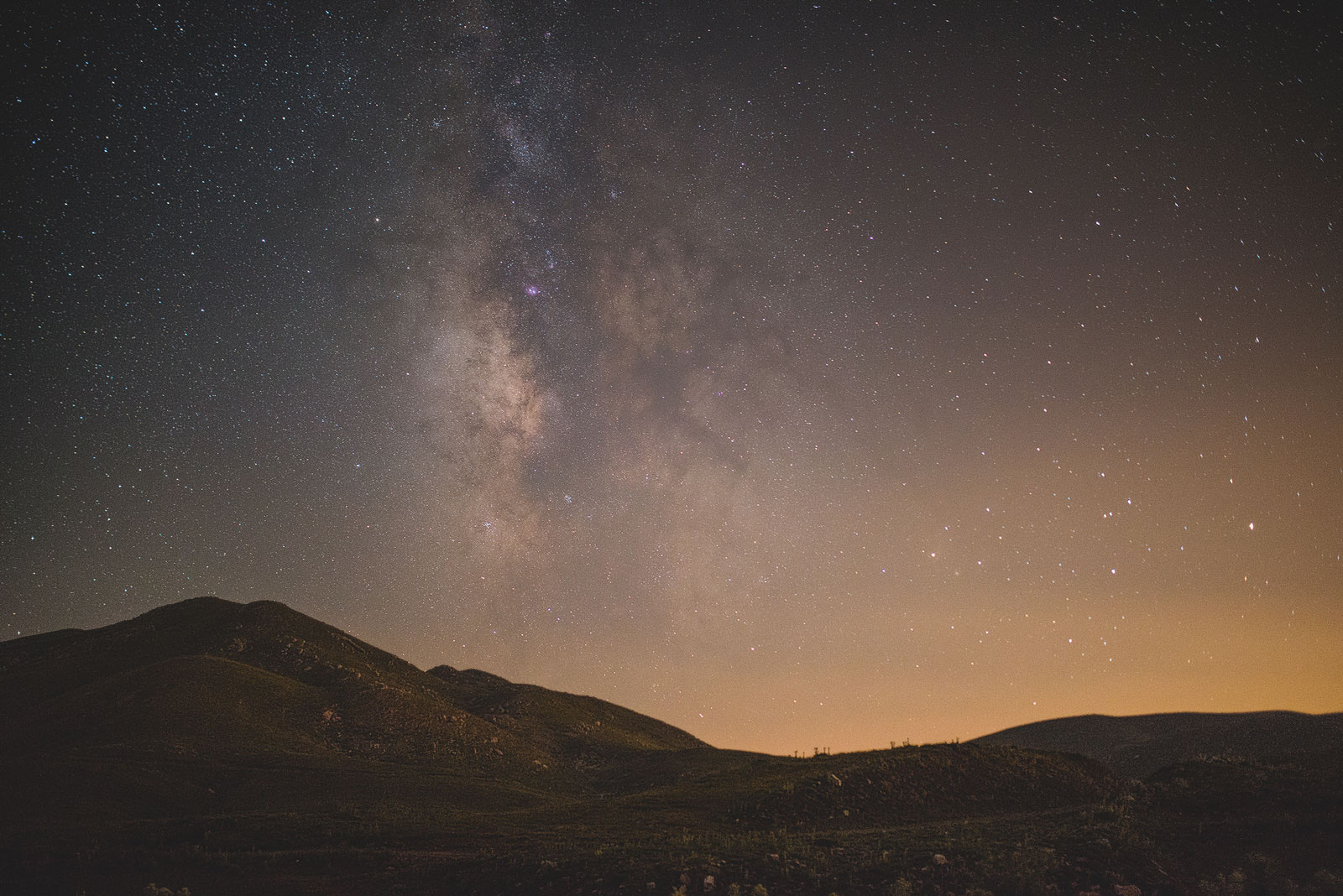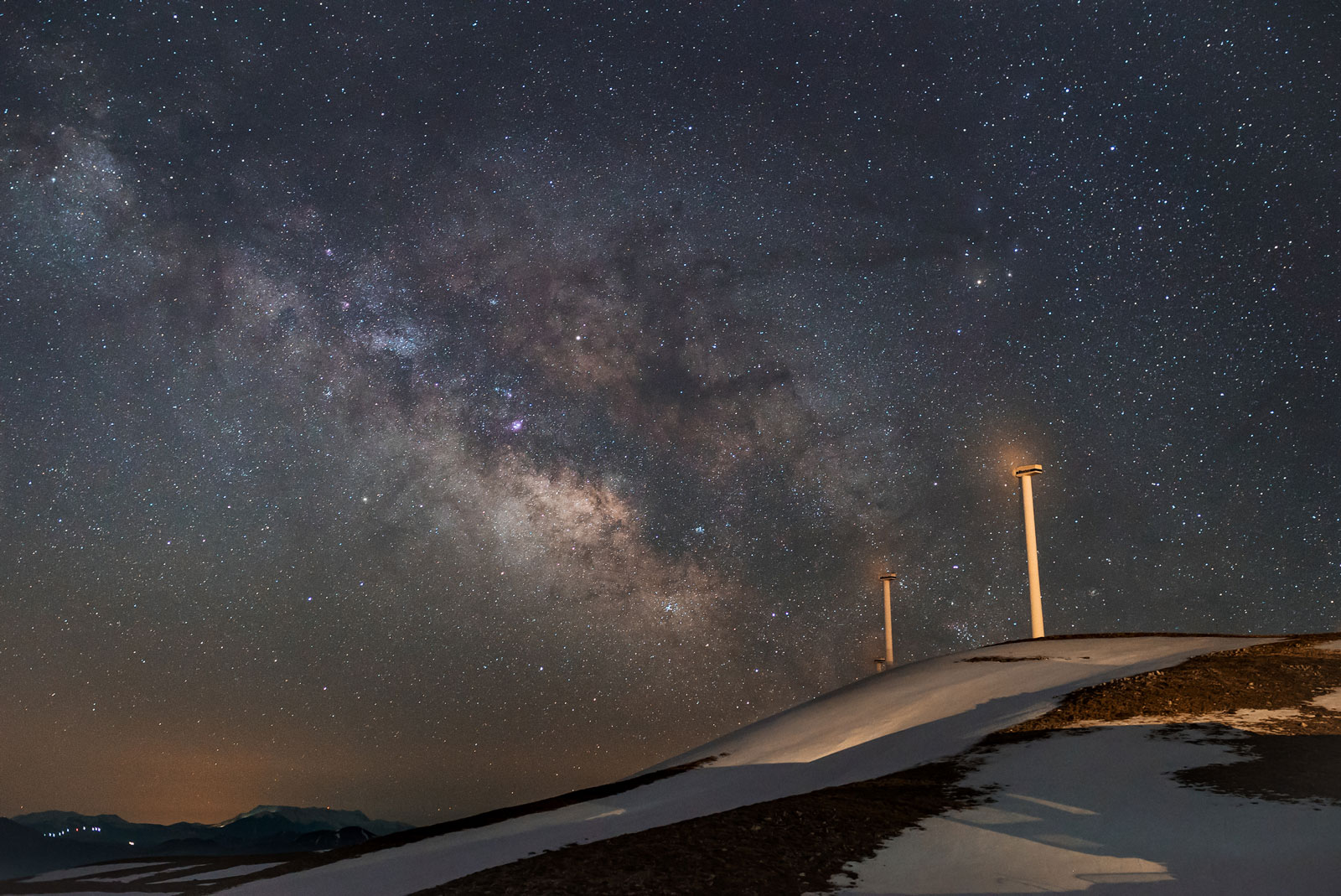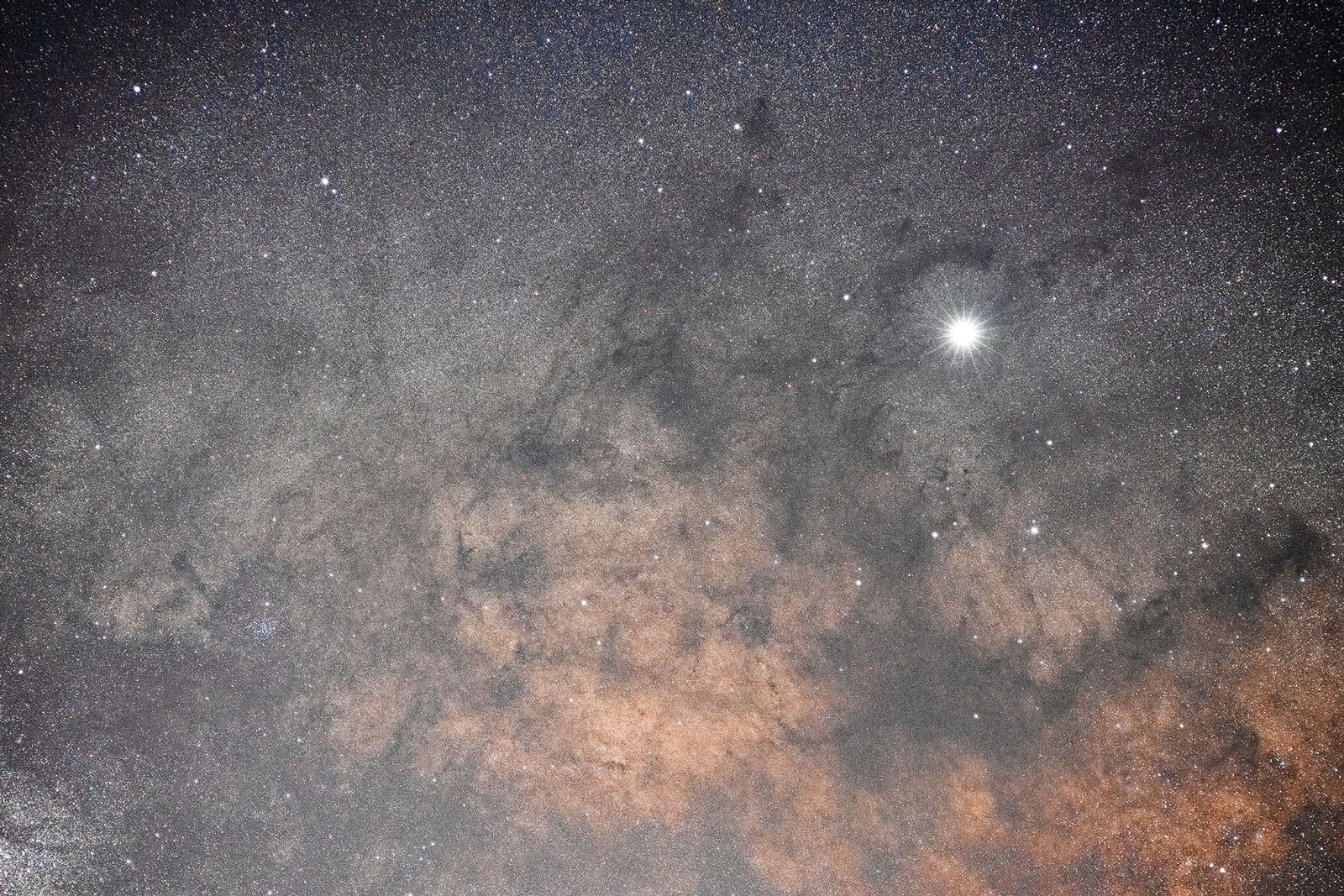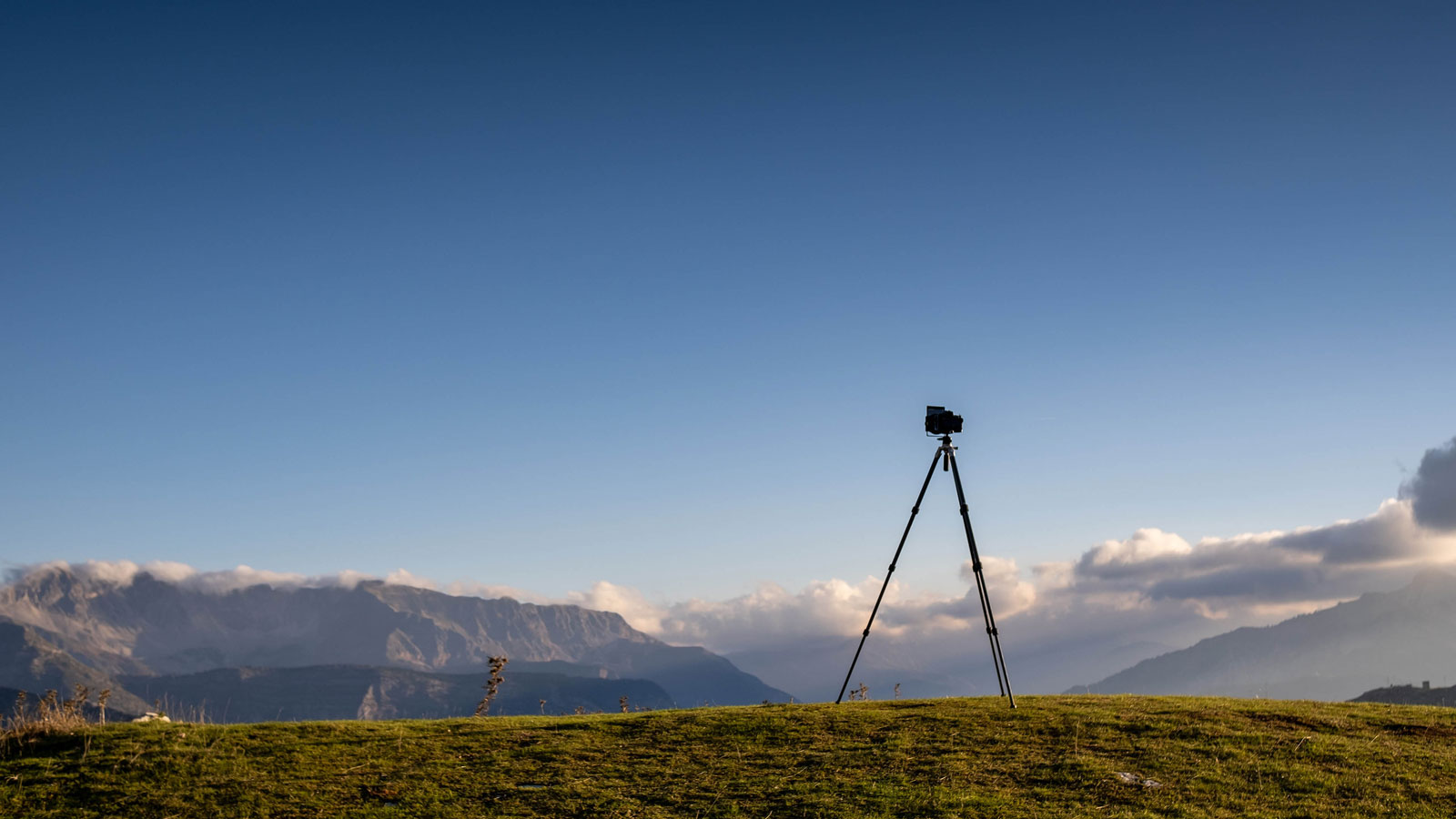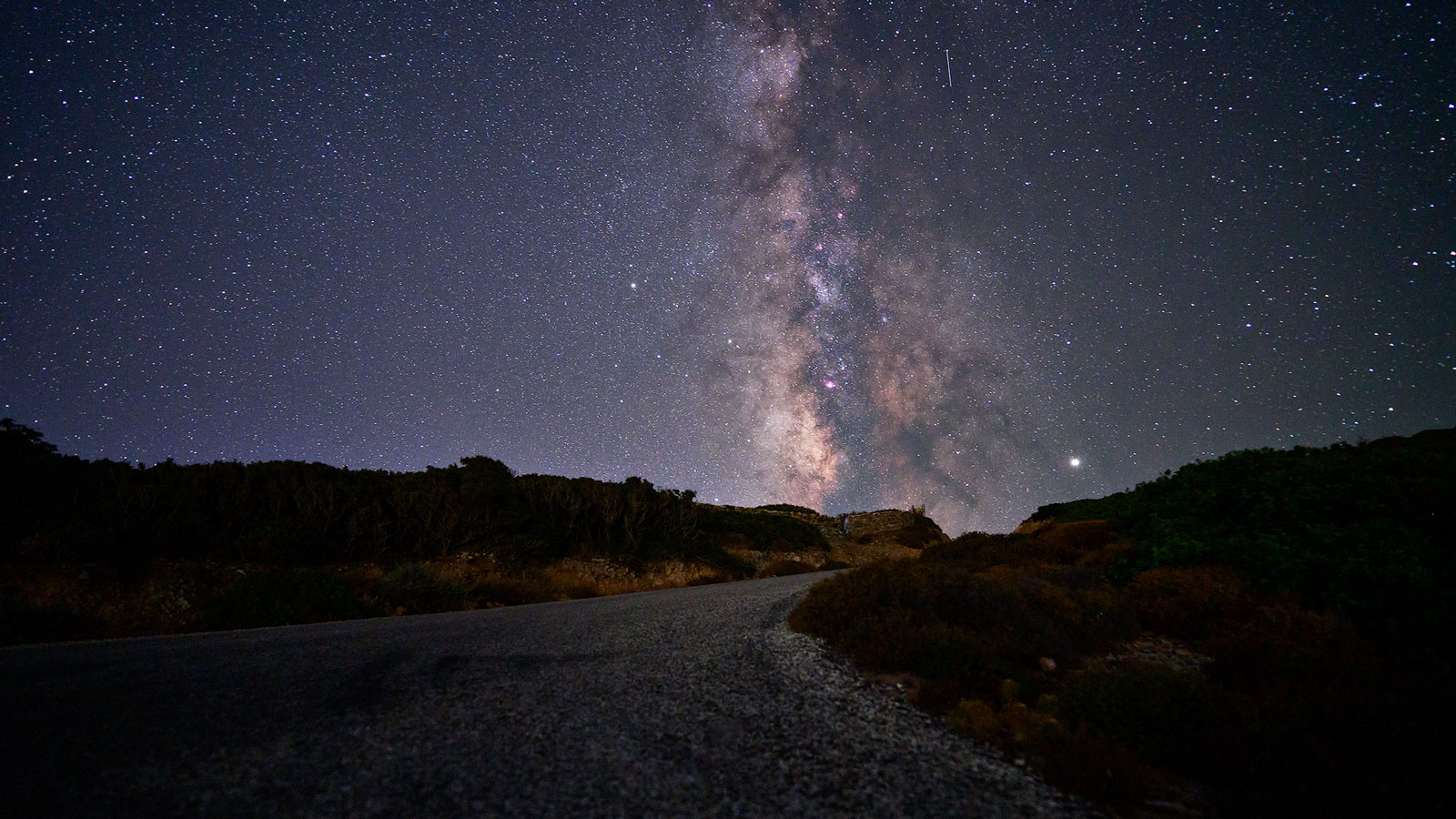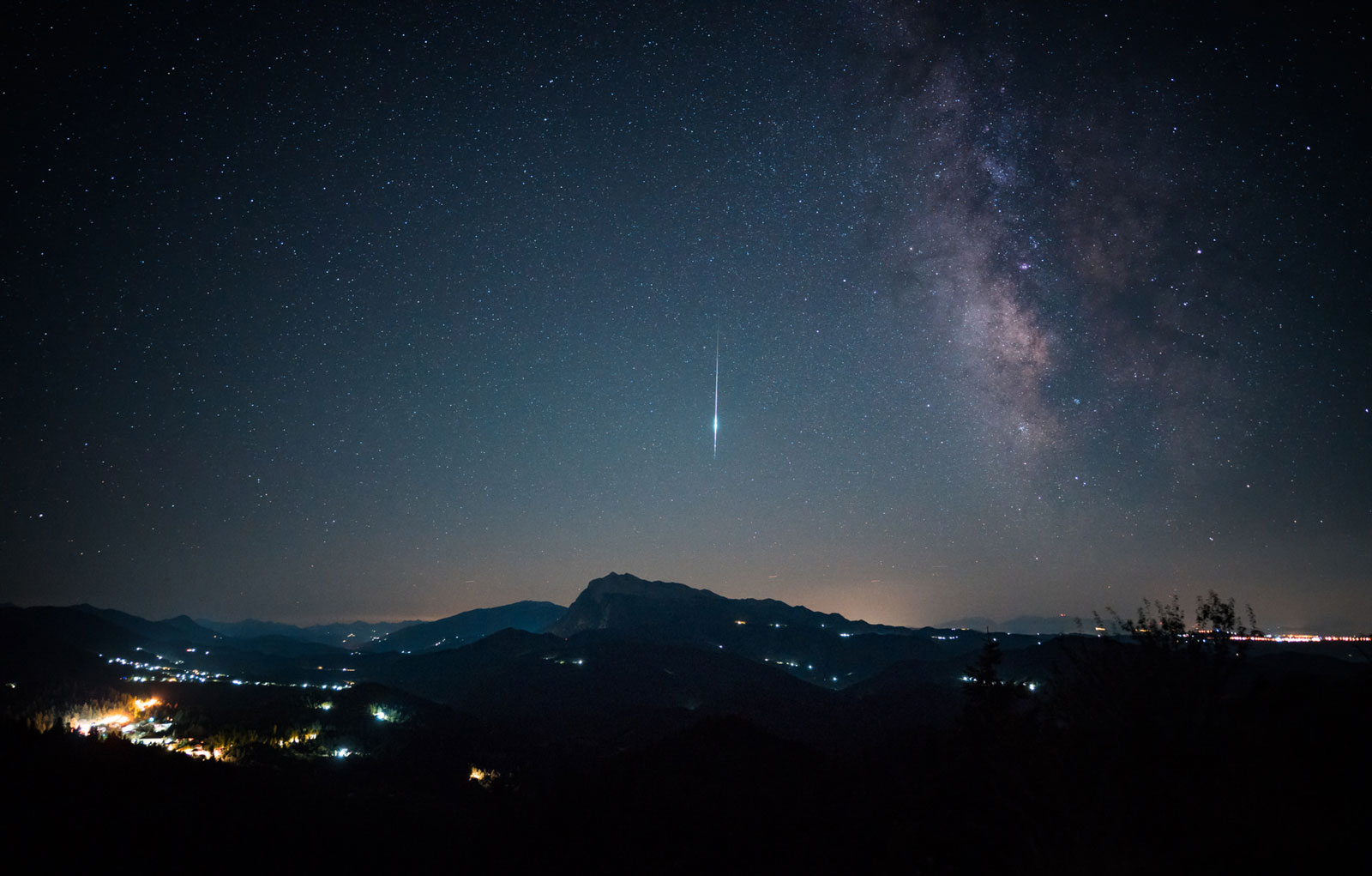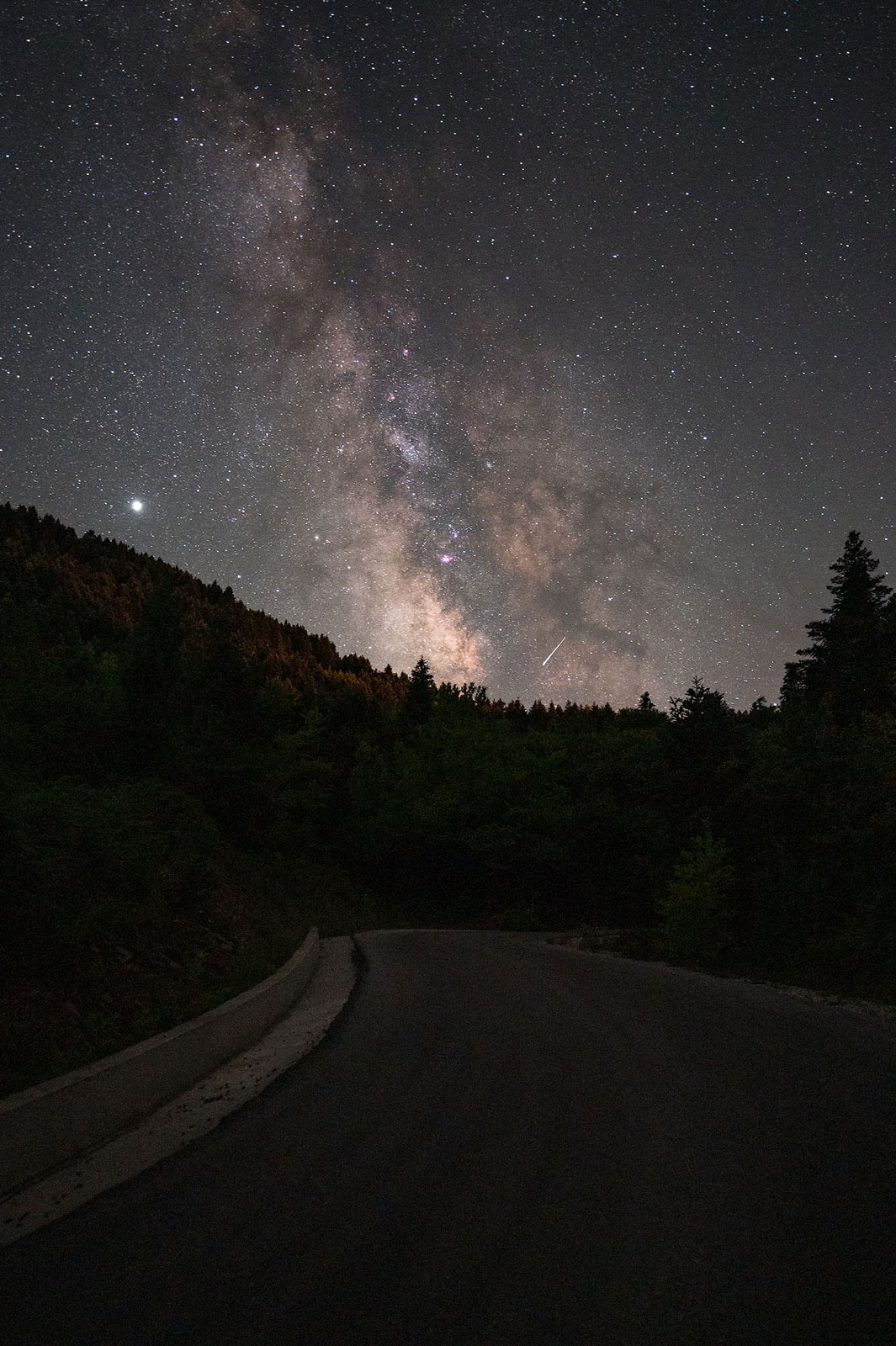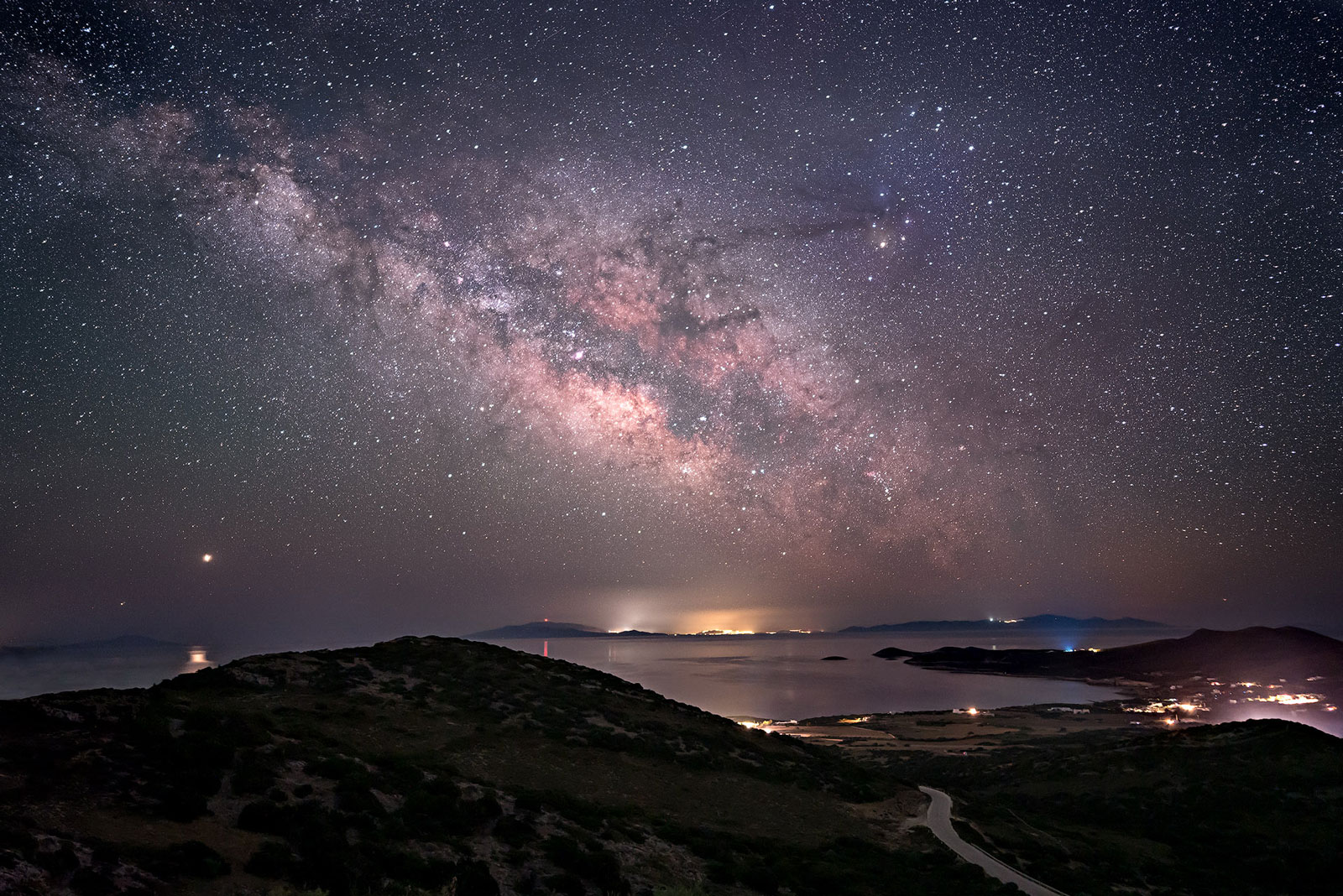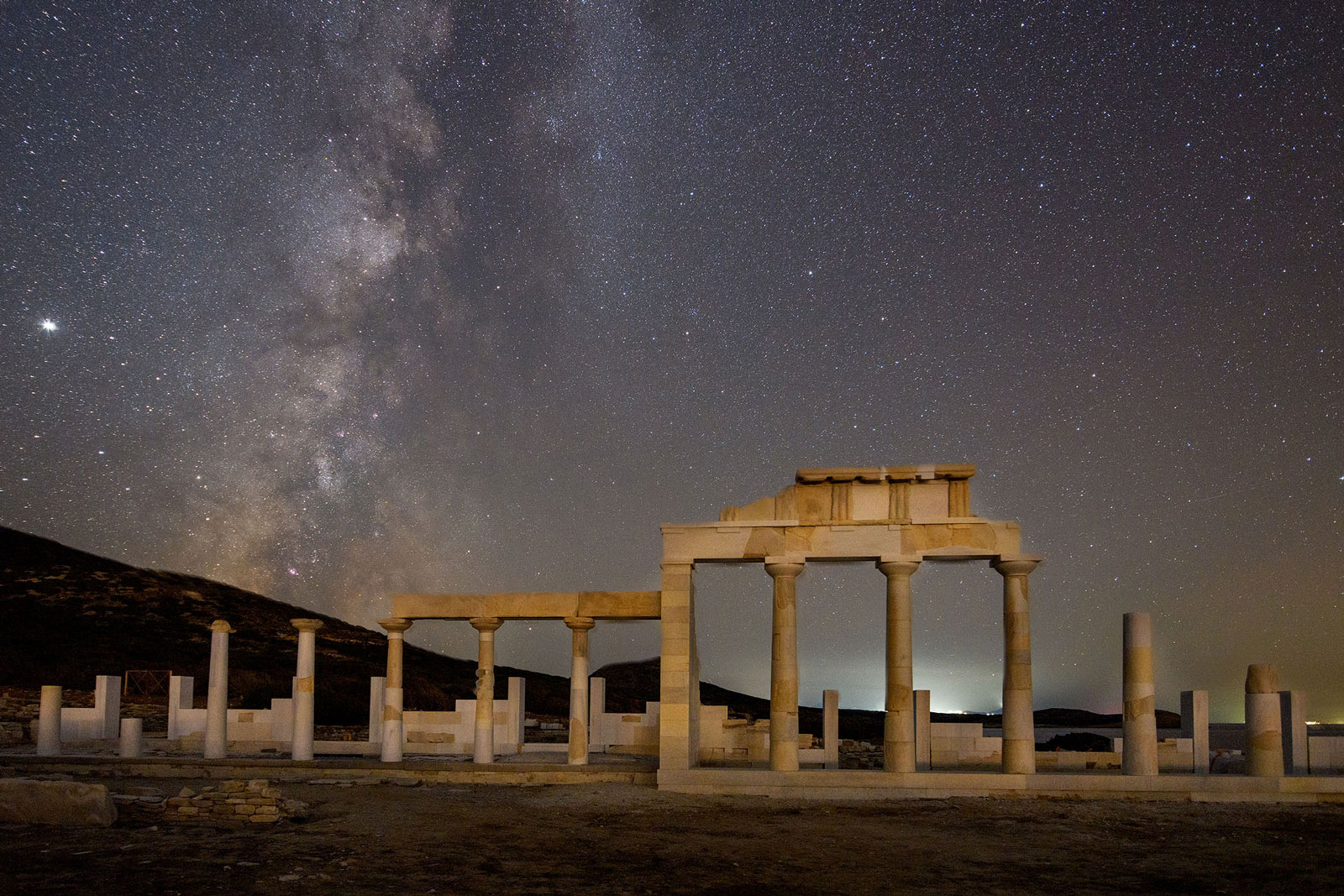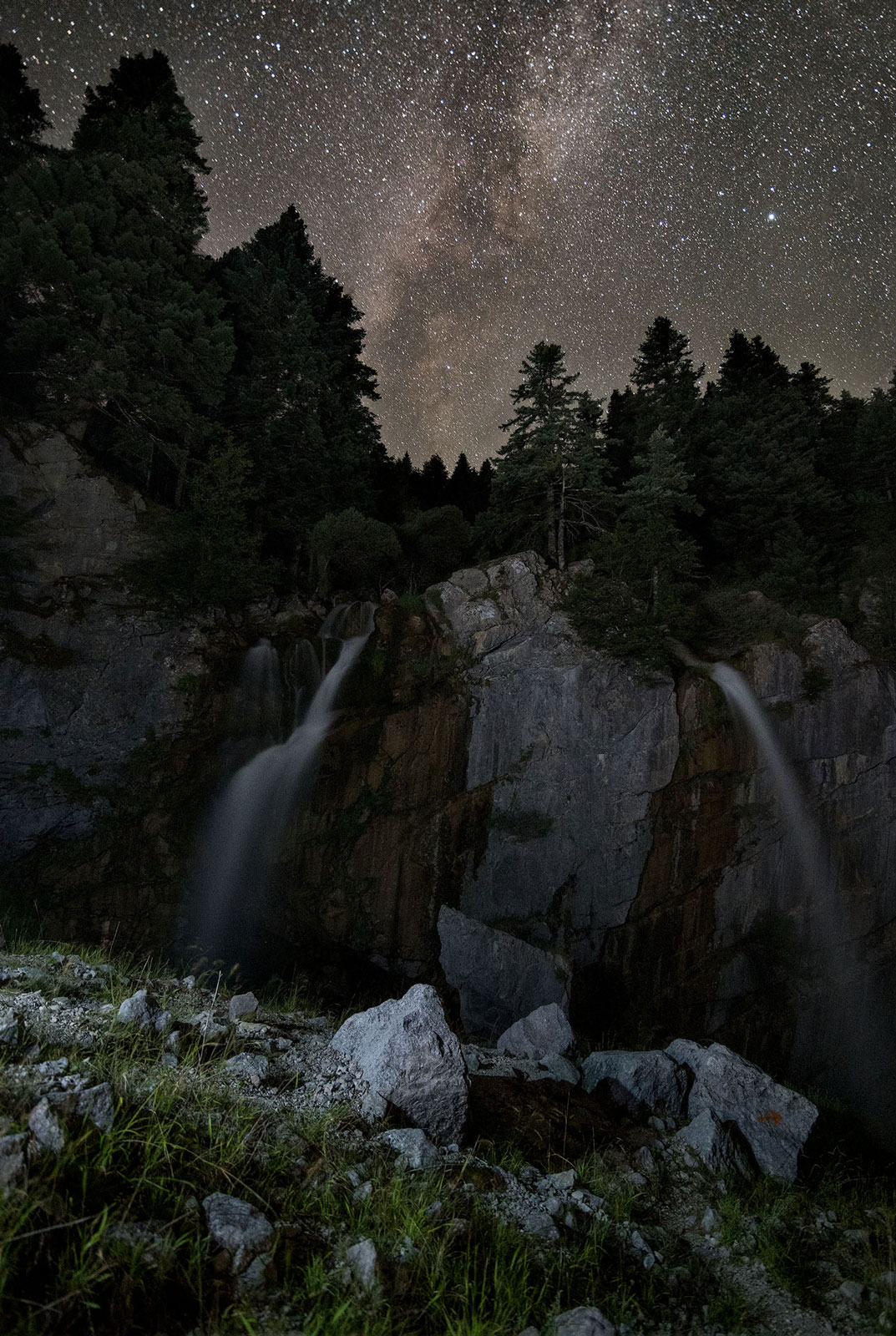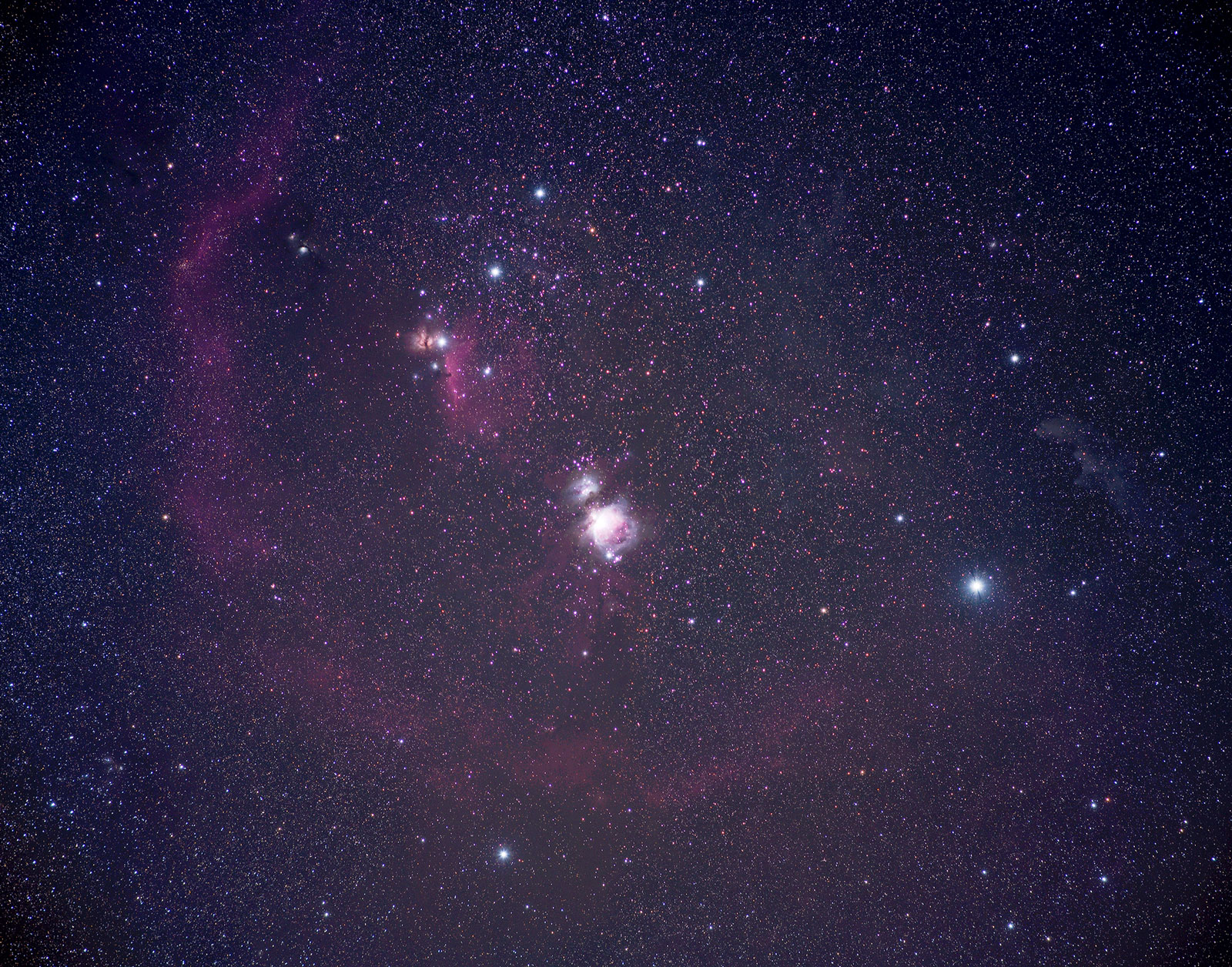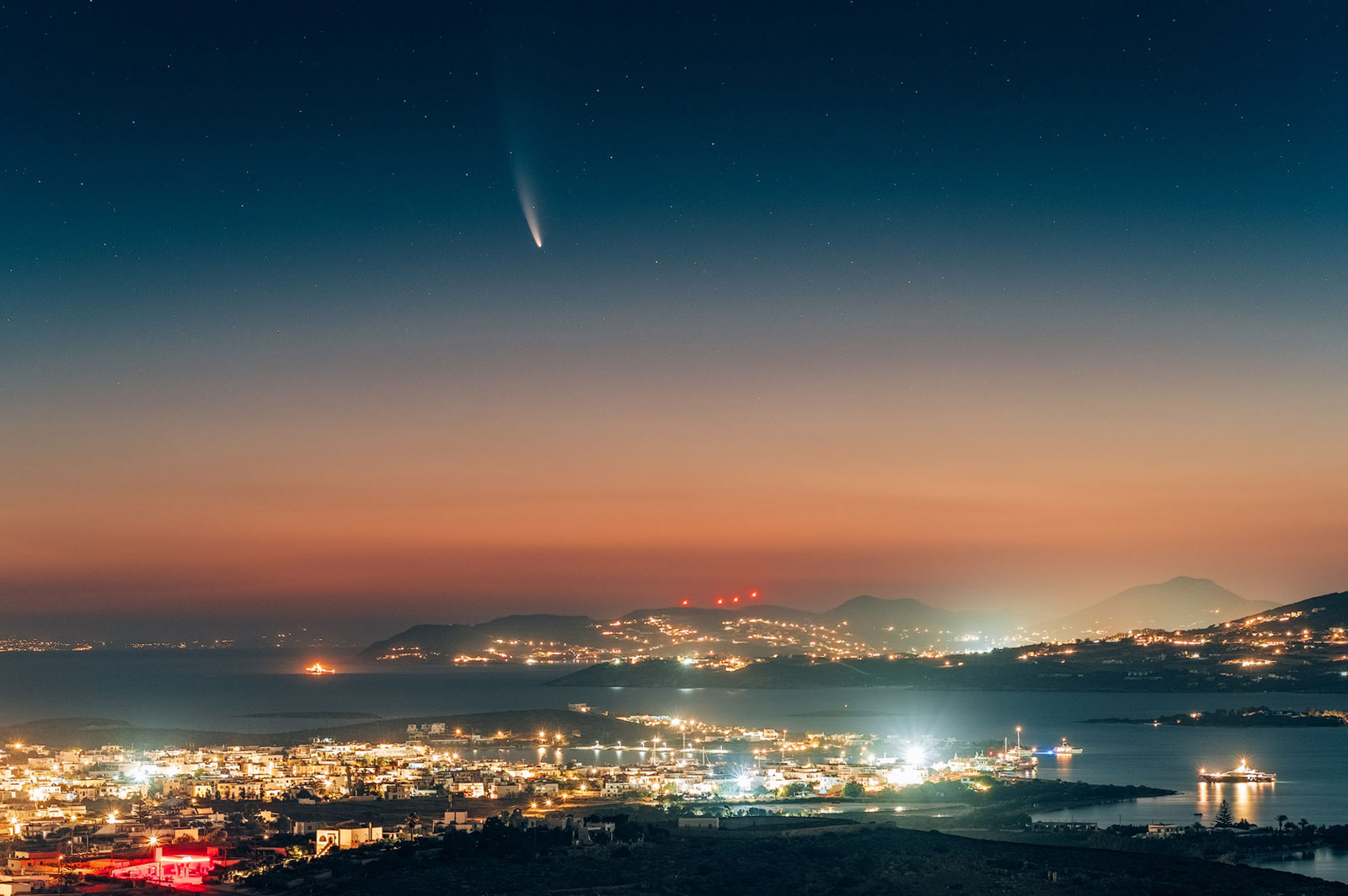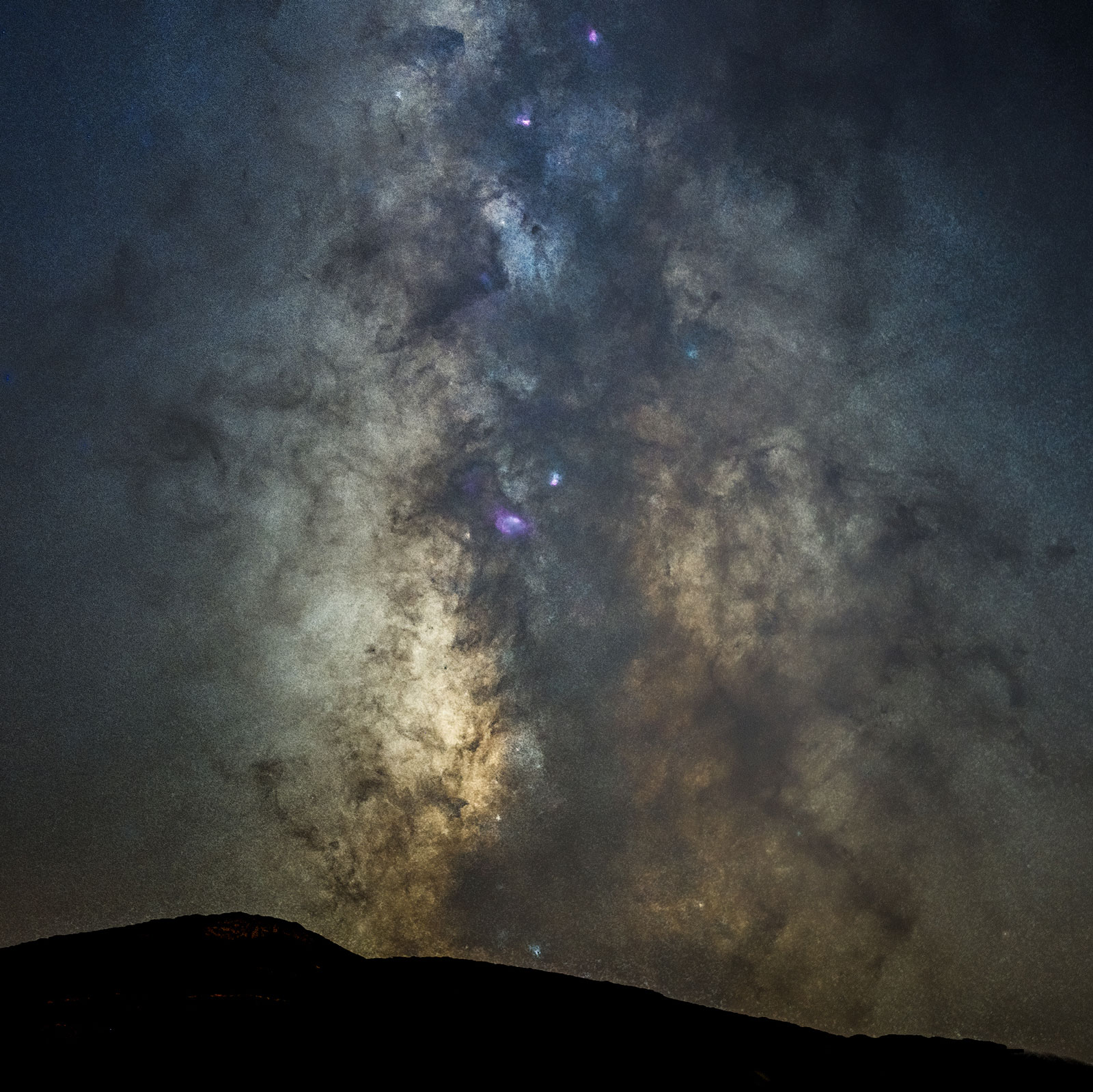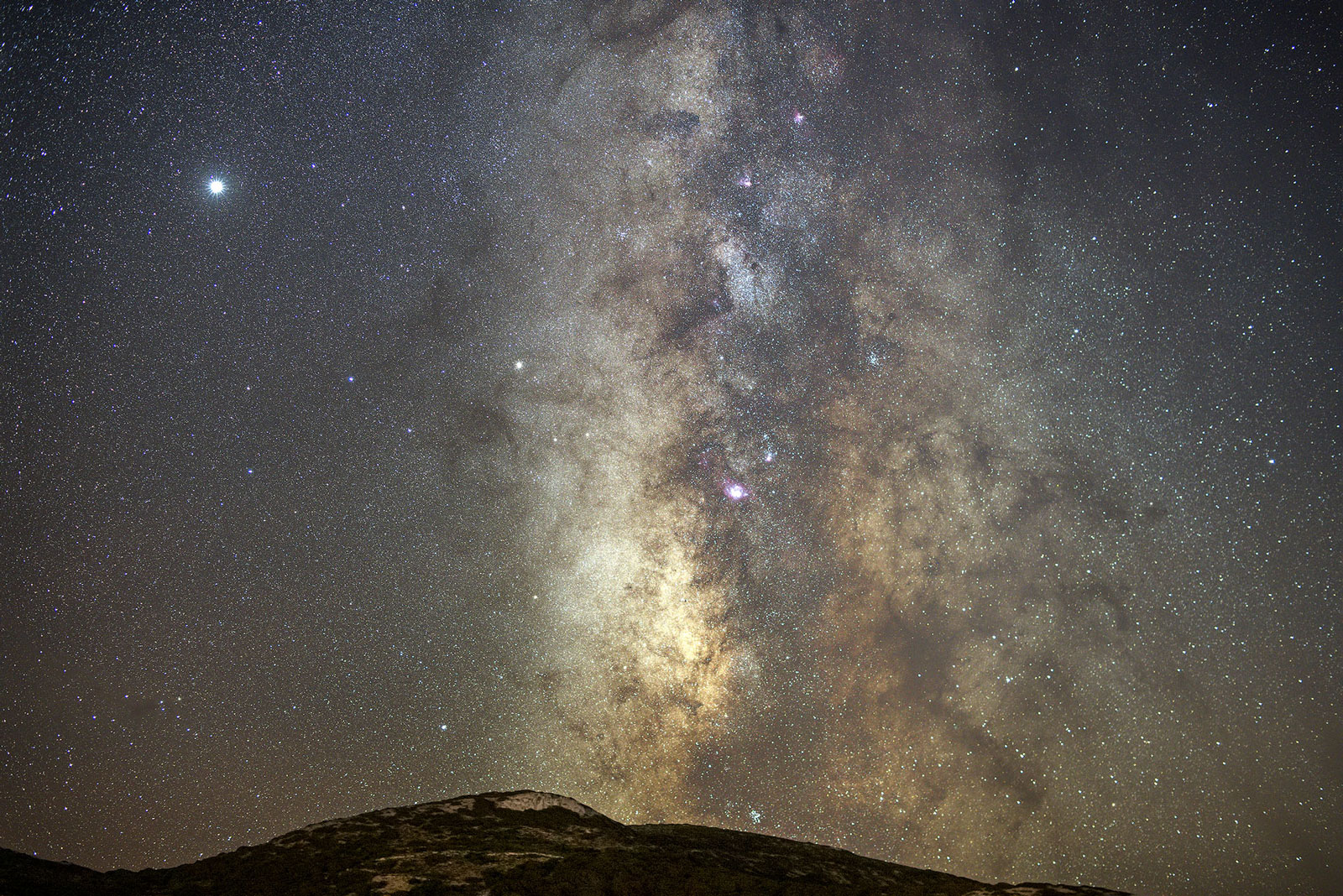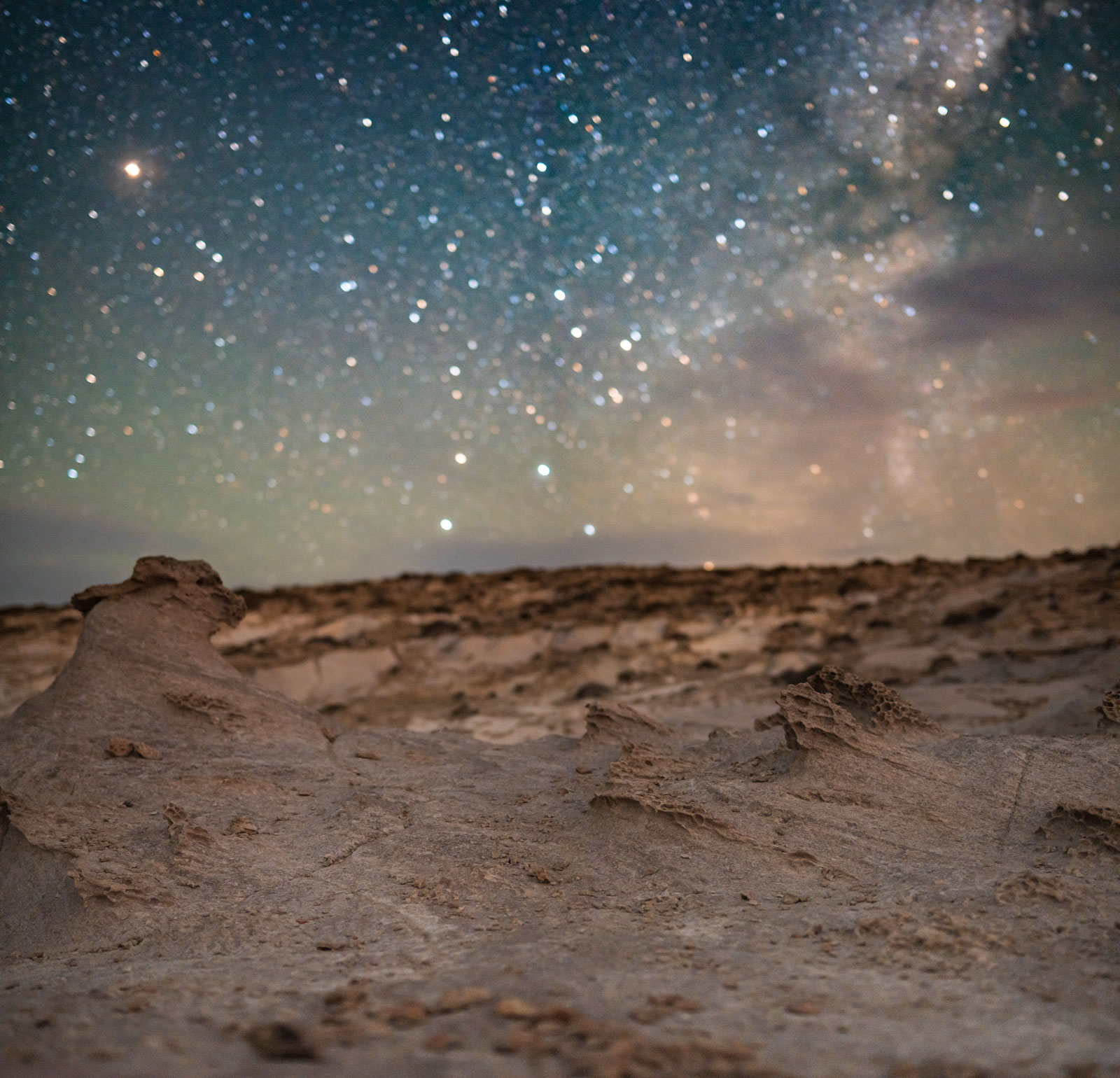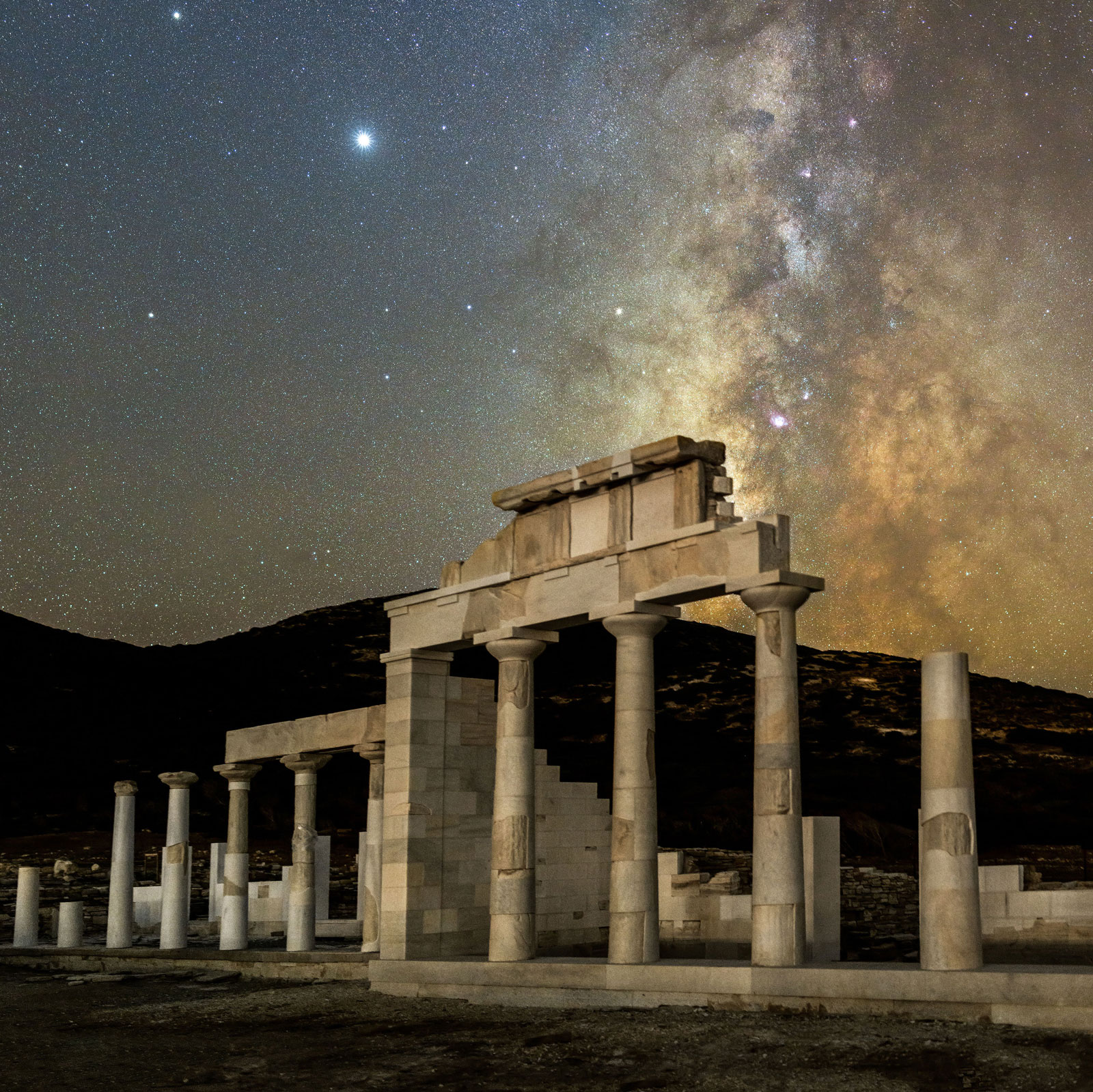Preparation for Astrophotography
Intro
Astrophotography is one of the most impressive and popular but also difficult photographic genres for a photographer to try.
There are many things to consider before you leave your home, some of them being extremely important in order to have the best possible outcome out in the field, but also to enjoy it as much as possible. Let's discuss what you can do to prepare yourself better!
Preparation
I consider preparation the most important factor to get the best possible result out in the field, not only for astrophotography, but in every photographic genre.
Sometimes very good results can be achieved even if you go out without a plan, just by driving around, walking, or hiking with the camera in your hands. But to have constant good results, you must prepare as best as you can.
Finding an interesting location, checking the weather conditions, setting up your gear, prepare yourself for the long hours out in the field, but most importantly to have taken all the necessary safety precautions so to focus entirely on your shots.
Location
I always scout a location, no matter if it is familiar to me or a completely new and unknown place, in advance.
It is best to visit the location during daytime to check possible framing scenarios and objects of interest as also potential dangers, of course.
After all, photography is about exploration, so when exploring, I want to enjoy the whole process while taking notes of the location that might become useful later.
A basic checklist usually is the following:
- Is the location easy to access it (especially during nighttime)?
- Will I be able to carry my equipment to the shooting location without using a car or having assistance?
- Are there any wild animals in the area? Or maybe a dangerous cliff?
- Are there any other possible dangers that should be considered?
These questions are very important as by checking them, you immediately have a first idea about the safety of the location and safety should always come first, especially in astrophotography in which we work in the dark.
Thankfully there are many (mostly free) tools available online that can help us search for a possible location without being there in person, at least in the beginning of the process.
Tools like Google Earth and Stellarium, can help us familiarize (to an extent) with the chosen location and get an idea of how the night sky should look there, while also checking what would be the ideal date for us to visit.
In general, an ideal location for astrophotography is far away from the big cities, in order to avoid the effects of light pollution that is ruining our view of the night sky.
There are some light pollution filters in the market that are doing a great job in blocking some of the unwanted light pollution in our shots, like the HOYA STARSCAPE filter or Kenko STARRY NIGHT filter, but it is still ideal to go to the mountains and enjoy the beauty of the night sky, eliminating any slight trace of light pollution with this filter.
In terms of clothing, if it is winter, you must take warm clothes. If it is summer, maybe an insect repellent can save your skin and your nerves.
Patience is also part of the preparation. Patience is required both before and during the shooting.
If you have rested and prepared well yourself before the shooting, then anxiety will not make you hurry and do mistakes out in the field that might ruin your evening or even put you in danger.
In general, failing to prepare is like preparing to fail. If you have taken care these possible issues before getting out in the field, then you will be more focused in the scenery in front of your eyes. It is rather difficult to try to capture that beautiful Milky Way nightscape if you feel cold or sleepy.
Photographic Gear
Despite what many people suggest, an astro shot can be captured with nearly every camera that is available today at the market. It is obvious of course that if you have an advanced/pro camera model, then the result will be even better, but even an entry level or an older camera model will still have good results in the beginning.
A good, sturdy tripod which will minimize any possible micro movement that might ruin your long exposure shot is necessary for astrophotography, but keep in mind that it will also has to be as lightweight as possible.
It is better to invest a slightly increased budget to get a good tripod that is both sturdy and lightweight and have it with you all the time, instead of buying a cheaper sturdy but heavy tripod that will probably be left at home most of the time.
The most important part in terms of gear though is the lens.
No matter how good and capable your camera sensor might be, the already low amounts of available (star) light will enter the camera from the optical elements of the lens.
If the you use the kit lens or a lens of lower optical quality, the image might have optical aberrations, lower sharpness or low quality in general.
On the other hand, if the lens is of high quality, then the results will be great.
Except the optical quality, the aperture of the lens also plays an important role, as this is a crucial factor in the exposure settings, allowing more or less light to enter to the camera sensor. More light translates to more data, which means better image quality with lower visible noise.
Usually in the beginning a photographer new to this genre might feel insecure and will possibly carry all his gear with him, just to feel more safe, hoping that in the end there will be a very good shot captured in his memory card.
But instead, this will create more problems, as first of all it will be more tiring to carry all this gear in your back, especially if in example you have to hike for 3 or 4 kilometers to get to the shooting location.
Another possible problem might be that it will create anxiety and insecurity as to what lens (or camera) should be used, missing lots of valuable time in the field just by thinking what gear must be selected.
When you use a specific lens for a long time, it becomes an extension of your eye, as your brain is used to its perspective and then you can create even better compositions. And this is why I strongly suggest to take with you only the minimum number of lenses and gear out in the field.
This will make you more focused and although in the beginning it might seem difficult to acquire good results, after a while you will definitely see the benefits of using less, but better gear.
I usually take only two lenses with me for astrophotography, and these are the Tokina FíRIN 20mm F2 FE AF and the Tokina opera 50mm F1.4 FF.
Prime lenses are usually lighter than their zoom equivalents (in example a Tokina AT-X 24-70 F2.8 PRO FX (24-70mm f/2.8)), so it will also be less tiring during your time outdoors, while of course having even better overall image quality.
After preparing our gear for the shooting, comes the most important, as also the most difficult and creative part - to envision the scene.
How I approach a scene
A common mistake that I did in the past was that I tried to capture as much as possible in every location I visited to shoot. I pointed my camera left and right, mostly without much thought, capturing many different or similar shots, but in the end none of them were what I really wanted.
From my experience I can tell you that this will not work, and it will only add more pressure to you, discouraging you in the end.
If I leave my home, having in mind that I must capture a jaw dropping photo no matter what, the most possible thing to happen is to not capture it in the end.
And most importantly, I will not have a pleasant time out in the field. So I decided to make some changes of my thoughts and on how I approach the scene.
When I go out into the field, either being in the mountains or in a big city, I always have as my priority to have enjoy it. To discover the beauty of the scenery first with my own eyes and then, if possible, through my camera. Then the photo will eventually come, and it will have more value.
No matter how beautiful the scenery might be, tempting me to capture every possible shot opportunity, I focus on one composition.
I spent more time working on that composition, giving me way better results in the end.
How I would love the scene to be captured in terms of perspective
What does this scene mean to me, how my feelings can be translated through this shot and why I like this perspective.
After having a first clear thought of what I want to achieve, then it is easier to apply all the technical stuff, like what lens, what camera, or what exposure settings I must use.
At this point I must mention that most of the times the simplest approach is by far the best. At least this is what I learned after studying cinema and photography. A difficult and complex scene might occasionally work, but the less complex the better.
A complex scene might be in example a composition that includes too many elements that don't fit together and that's why it is best to first use the lens that makes you more comfortable.
Ending Thoughts
After all these years and all these nights out in the field, making mistakes, encountering difficult weather conditions or wild animals, I still feel like it is the first time when I see the Milky Way with my own eyes.
I honestly enjoy being out there and I hope that this information might be helpful to you, to both feel safer out in the field, and of course to create even more Astro shots!
| Christopher Anagnostopoulos |
Christophe organizes individual and group Astrophotography & Landscape Photography Workshops in Greece and in Europe.
You can check his workshops and his work in his website: www.christopheanagno.com

